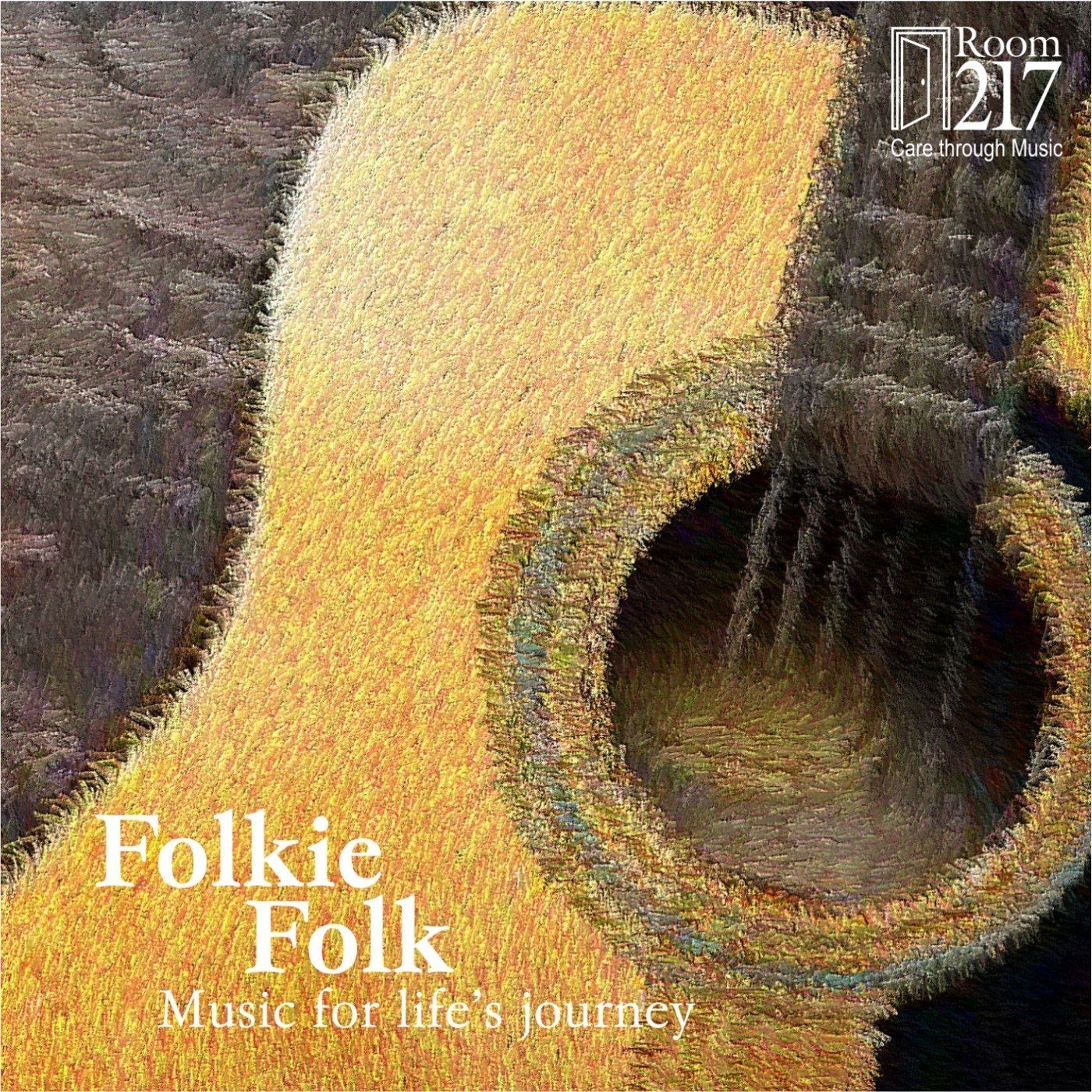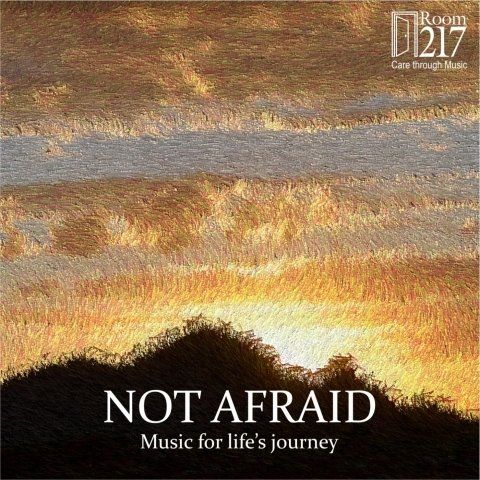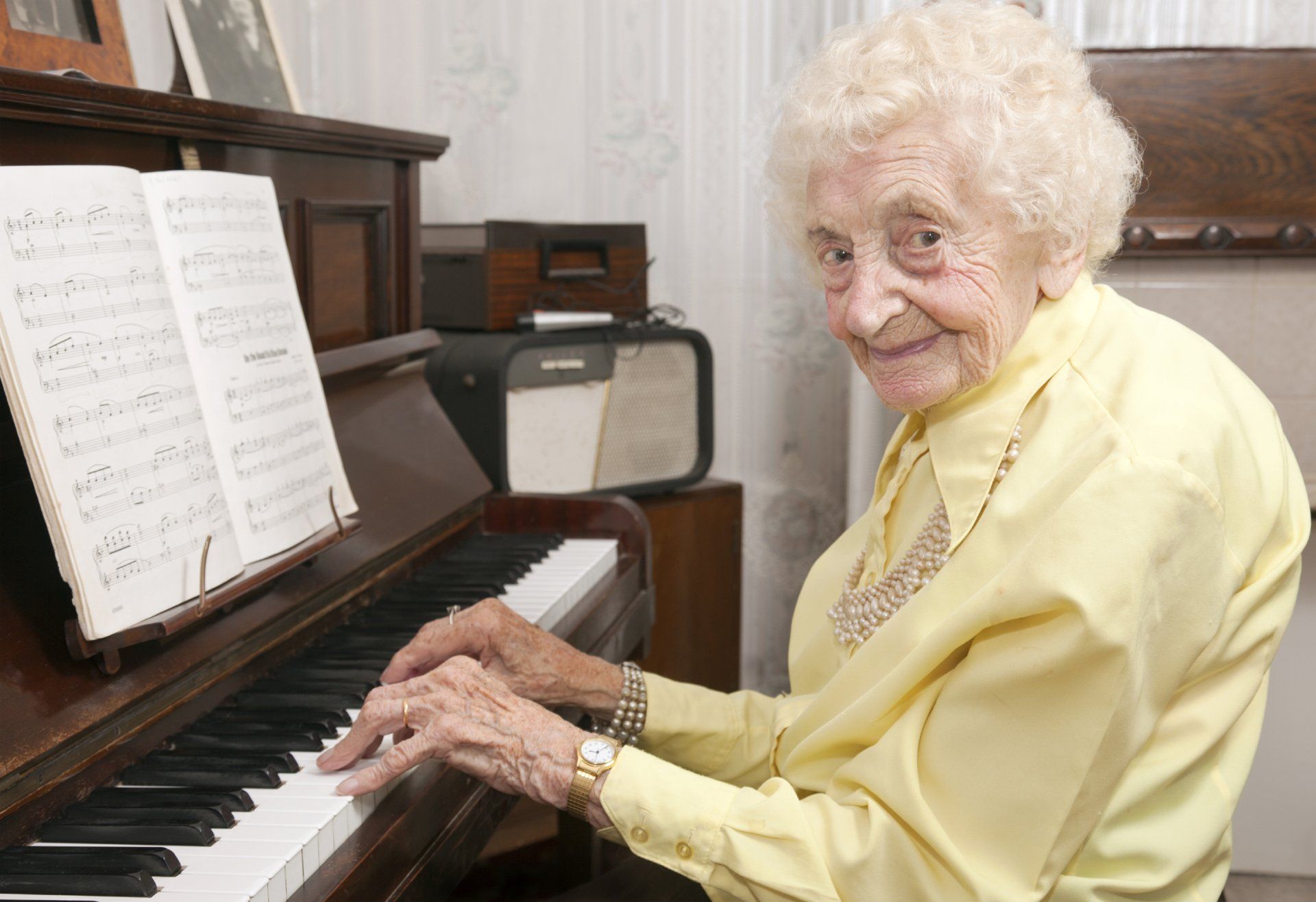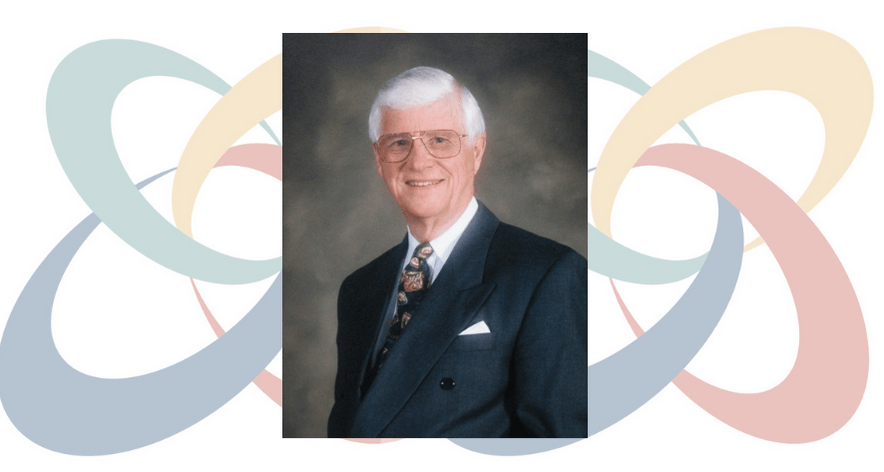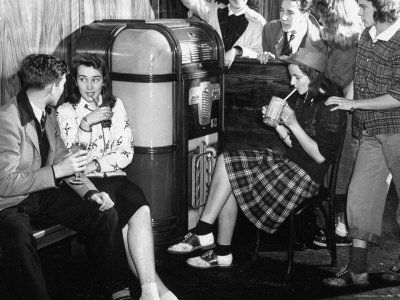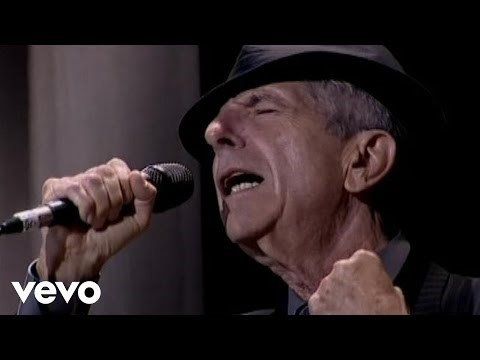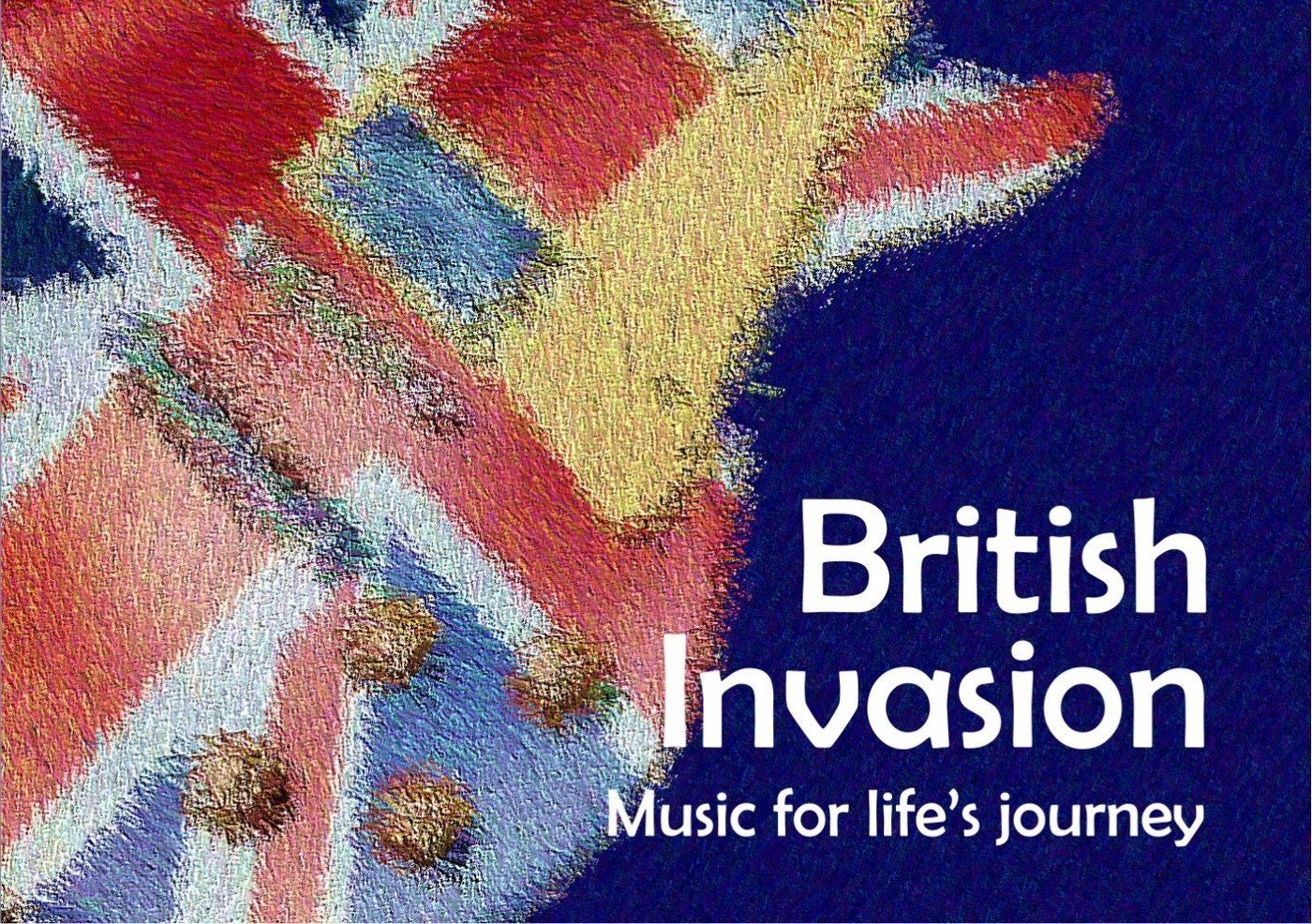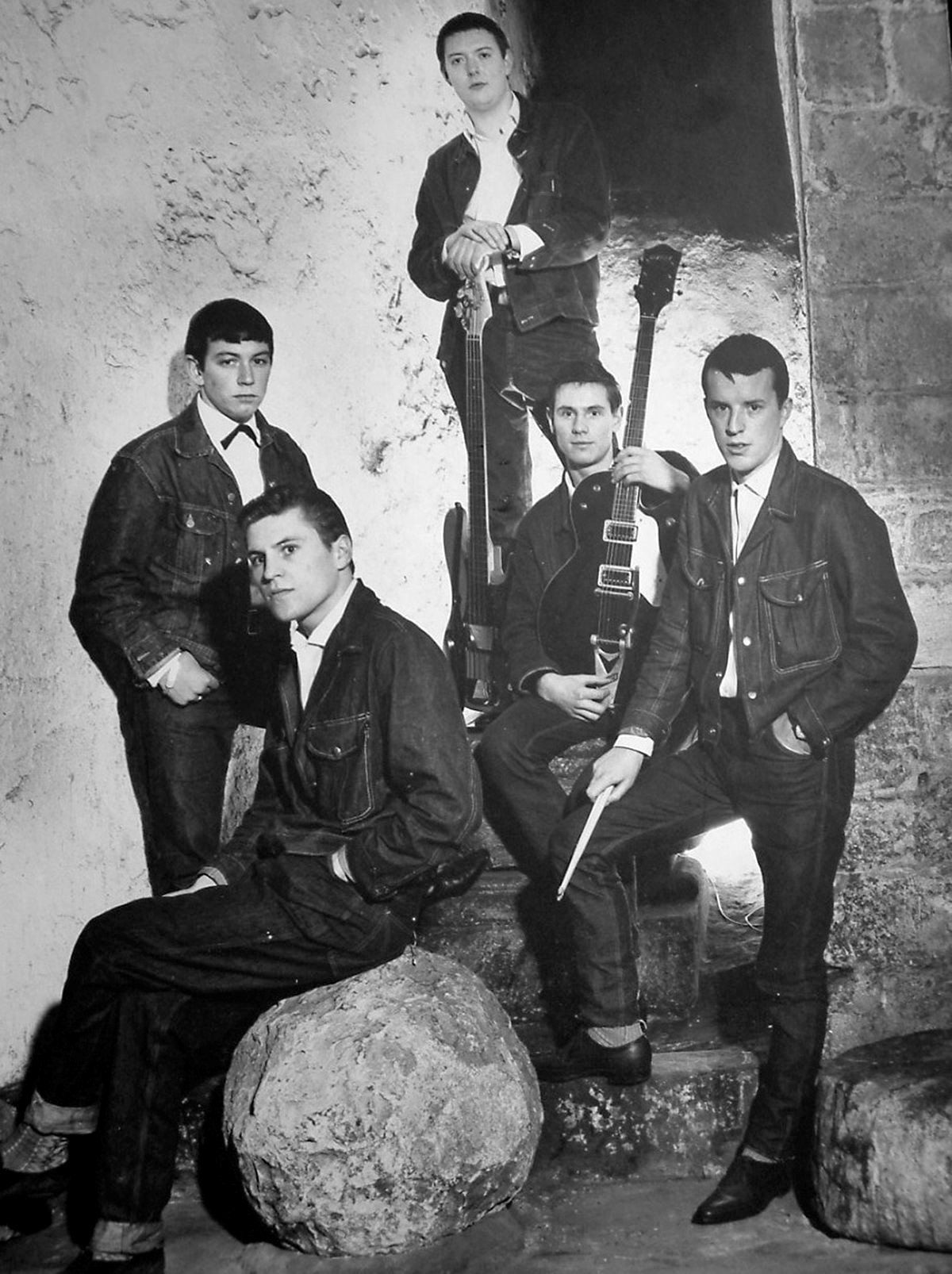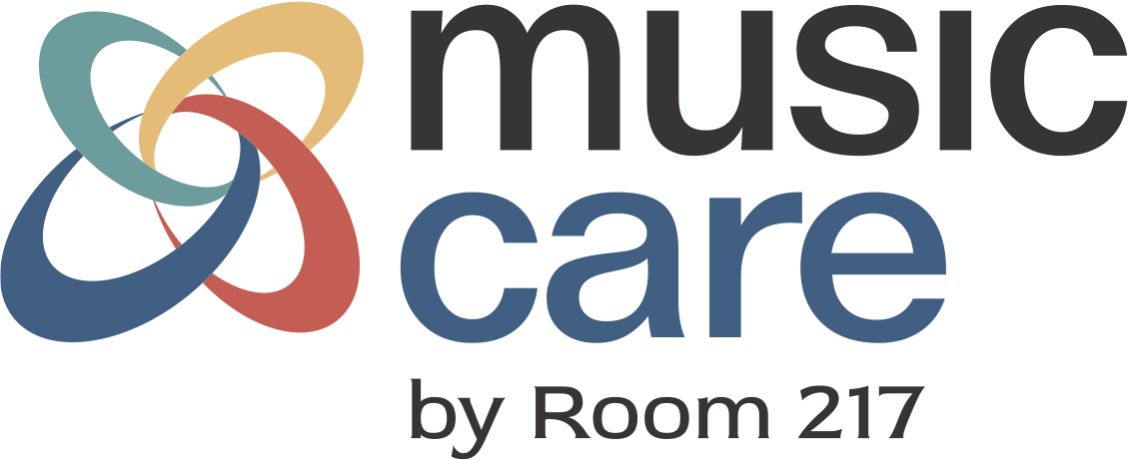Walking to the beat of music
When I was young, I used to walk to school by myself. It was simple route, straight down 4 blocks and crossing 3 roads exactly. One day as I was rushing to get to school, I saw the numbers counting down on the pedestrian crosswalk light … 10 … 9 … 8 … and I thought to myself “I can make it, I just have to run for it!”, so I ran.
I made it across the street with seconds to spare, but I noticed there was still an elderly lady walking slowly in the middle of the road. It was an awkward walk, her steps were erratic and uncontrolled shuffles along the pavement; at the time, I could only think of how odd it was. However, I attached little importance it, turned my head, and bee-lined straight to school.
This was a memory that I had buried deep to the back of my mind until recently when I was doing some research and came across a video demonstrating the “Parkinsonian gait”, the walking pattern of a person with Parkinson’s Disease (PD). This was when I realized the elderly lady I saw almost a decade ago when I was crossing the street looked exactly like this! Suddenly, something which I had thought so strange and foreign became something I could understand.
Parkinson’s Disease is a long-term neurodegenerative disorder mainly affecting an individual’s motor (physical) abilities resulting in symptoms such as tremors and uncoordinated movements. In particular, individuals with PD often face difficulty walking and is characterized by unsteady irregular steps. In addition to motor impairments, cognitive (thinking) as well as behavioral changes may also occur which may greatly impact their ability to carry out basic daily tasks and independence. While there is no cure to PD, there are many therapy methods which aim to help control the symptoms of PD, such as physiotherapy for mobility, occupational therapy for activities pertaining to daily living, and speech therapy for control control.
Another emerging method of therapy for PD is neurologic music therapy (NMT). Broadly speaking, NMT uses music and/or musical elements to help rehabilitate individuals affected by neurologic injury or disease through sensory, cognitive, and motor pathways. Specifically, rhythmic auditory stimulation (RAS), a form of NMT, is often used to help PD individuals improve their gait (walking) through an auditory input of steady beats, such as the strumming of a guitar or an audio recording, to train and improve the motor system. While a nurse helps the patient walk, a therapist accompanies them with steady strumming of an instrument or a song with a prominent beat. This form of training and external cueing helps set the rhythm within their brain for a steady motor output, for example, a steady walking speed and rhythm (See Figure 1). With consistent gait training through RAS, individuals with PD slowly improve in their ability to walk with a more normal pattern.
Therapy and treatment methods around the principles of RAS has the ability to greatly change and influence individuals who are affected by PD; it helps them regain independence. Thinking back to that morning as I was going to school, I no longer see the elderly lady as someone who had a weird walk, I see them as someone who is fighting for themselves and their independence. I wonder where they were going, how much further do they have to go, and perhaps if I should have turned back to help.
Photo by JESHOOTS.com from Pexels https://www.pexels.com/photo/automatic-city-control-crossing-442584/
Sophie Zhang is a 4 th year Bachelor of Health Sciences student at McMaster University. She wrote this blog while completing HTH SCI 3H03 at the Room 217 Foundation.


